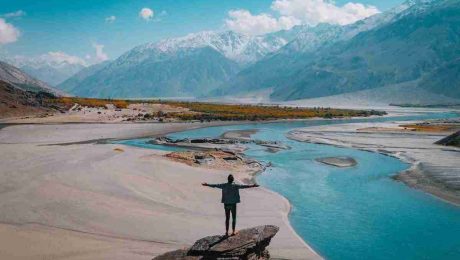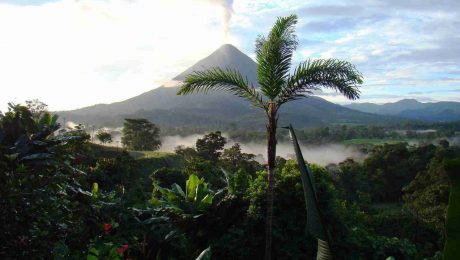Eco tours and Environmental Tourism
Eco Tours and Responsible Travel: A Guide to Environmental Tourism Travel is one of life’s greatest joys. It opens your mind, changes your perspective, and helps you see the world in new ways. But with this privilege comes responsibility. Many travellers want to explore ethically but aren’t sure how to start. Before we share practical
- Published in Travel Blog
Costa Rica Ecotourism Holiday
Eco Tourism Holidays in Costa Rica Costa Rica stands out as a leading destination for ecotourism. With over half of its land protected by national parks and reserves, the country offers an extraordinary blend of biodiversity, sustainability, and community engagement. Its approach to ecotourism not only supports conservation efforts but also empowers local communities through
- Published in Travel Blog
How to book the perfect yoga retreat
Is There Such a Thing as the Perfect Yoga Retreat? Taking time out for a yoga retreat is becoming increasingly popular, and it’s now a well-established part of the mainstream travel scene. No longer limited to free-spirited backpackers or stressed-out professionals, yoga retreats now cater to a wide range of people, interests, and abilities. With
- Published in Travel Blog



